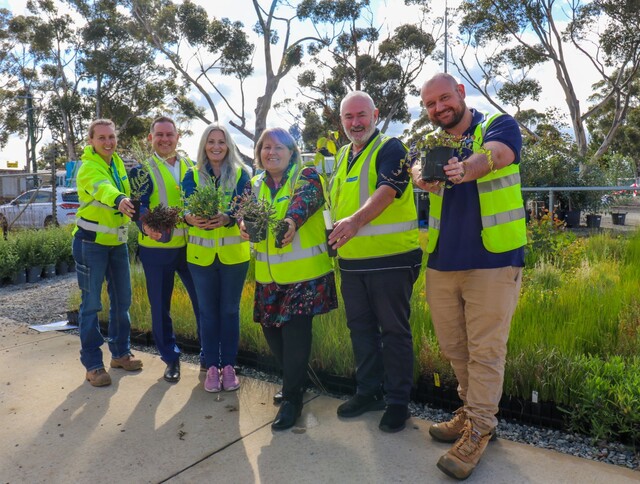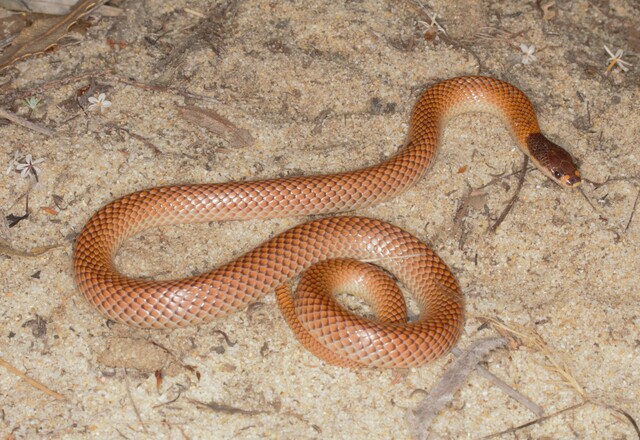Western Australia’s Kimberley region has an area three times the size of the United Kingdom. Located in the far north of Australia’s largest State, its 33,000 residents are serviced by four Local Governments – the Shires of Broome, Derby/West Kimberley, Halls Creek and Wyndham-East Kimberley. It is a region of extraordinary contrast and colour, rich in history and ancient art with rugged ranges, spectacular waterfalls, pristine beaches, lush rainforests and desert ecosystems. With its mining, pastoral and horticultural activities, pearling, fishing and aquaculture, Indigenous arts and culture, tourism and ecotourism – economic opportunities abound.
Its long, dry, temperate winters, short distances between work and home, and, due to its remote location, strong community focus and relaxed lifestyle, the Kimberley continues to attracted many young families and sea changers.
All Kimberley townships are well catered for in regard to recreation, arts and culture, community support services and accommodation. There is year round outdoor entertainment, community festivals and events. The natural environment with its fishing, camping, beaches and gorges provide a plethora of things to do and places to go.
In this layback, community orientated region, it is any wonder that the Kimberley has the lowest levels of stress or depression in Western Australia.
Shire of Broome
Located 2,200 kilometres from Perth, the Shire of Broome has just almost 14,000 residents. As a popular tourist destination, during peak tourism season from April to October the population swells dramatically. On census night 7 August 2001, there were 18,507 people counted in Broome. There were 4,179 people who identified as being of Indigenous origin. Covering an area of 56,000 square kilometres, Council’s annual budget is over $15 million. Its major industries are tourism, pearling, fishing, aquaculture, pastoral and horticulture.
Shire of Derby/West Kimberley
The Shire of Derby/West Kimberley covers an area of 102,700 square kilometres and has a population of 8,662. It has an annual budget of just under $10 million. The Shire comprises a number of Aboriginal communities and two main towns – Derby and Fitzroy Crossing. Derby remains a supply point for an important part of the Kimberley’s pastoral, mining, oil and tourist industries. It is the western terminus of the scenic Gibb River Road, which traverses some of the Kimberley’s most spectacular cliff, river and gorge country.
Shire of Halls Creek
With a population of 4,200 people and covering an area of 142,000 square kilometres, the Shire of Halls Creek is located inland along the Western Australian/Northern Territory border. Council has an annual budget of $7 million. Located on the northern edge of the Great Sandy Desert, the Shire has a vibrant pastoral industry, mining and a growing tourism sector. Indigenous residents make up 85 per cent of the population, and with five Aboriginal art centres the talent and diversity of local artists draws art enthusiasts from around Australia and overseas. Natural attractions include World Heritage listed Purnululu National Park (Bungle Bungle Range) and Wolfe Creek Crater, the world’s second largest meteor crater.
Shire of Wyndham-East Kimberley
Covering 121,000 square kilometres, this Shire has one of the oldest – Wyndham – and newest – Kununurra – towns in Western Australia. It has the largest producing diamond mine in the world, some of the most culturally rich landscapes on earth along with farmers who can reliably sow and harvest crops due to the abundance of water available. Kununurra was formed in the early 1960s to service the construction of the Ord Irrigation Scheme. This opened up the area to horticulture, aquaculture, ecotourism and agritourism. Kununurra has grown to a population of 6,000 people out of a total Shire population in the vicinity of 7,700. Council has an annual budget of $12.6 million. Wyndham, the second largest town in the Shire, is the most northern town in Western Australia. The population of Wyndham is 800, but it was once a bustling port town, particularly after the discovery of gold at Halls Creek in the 1890s.







